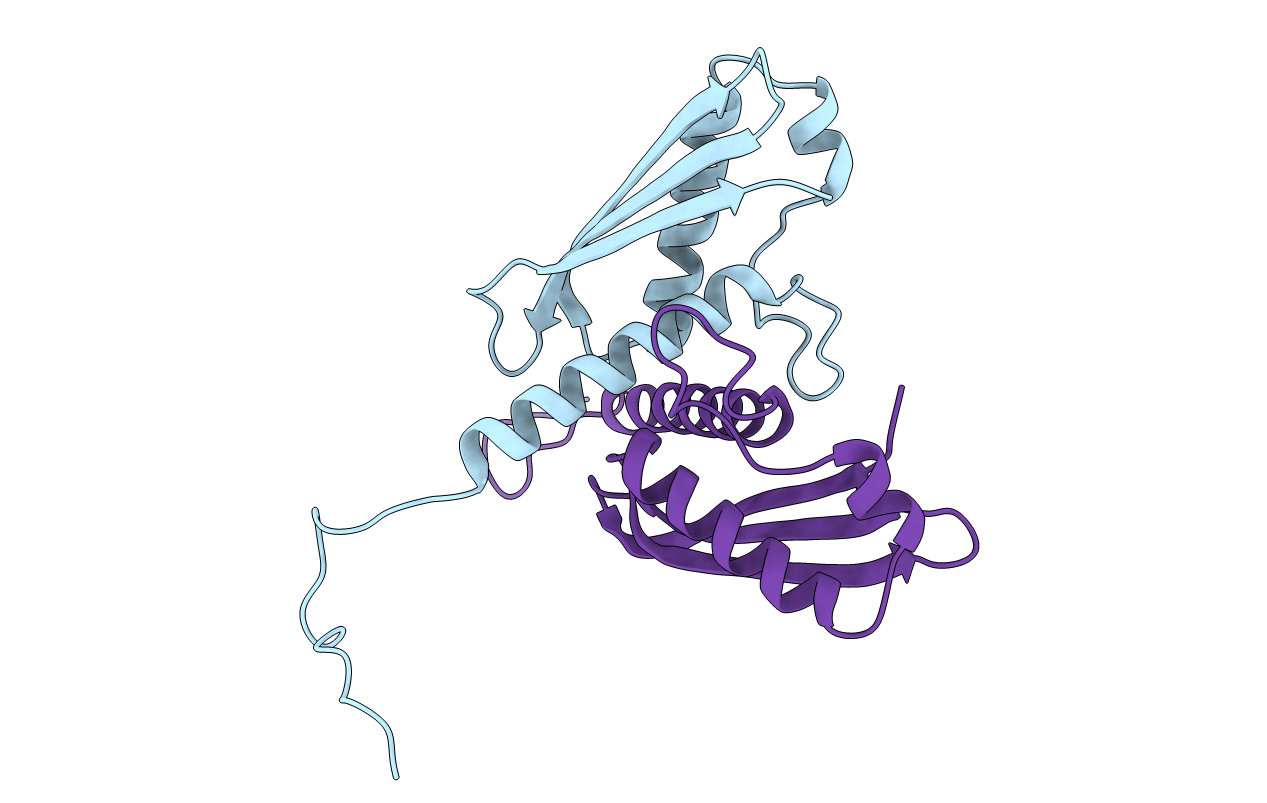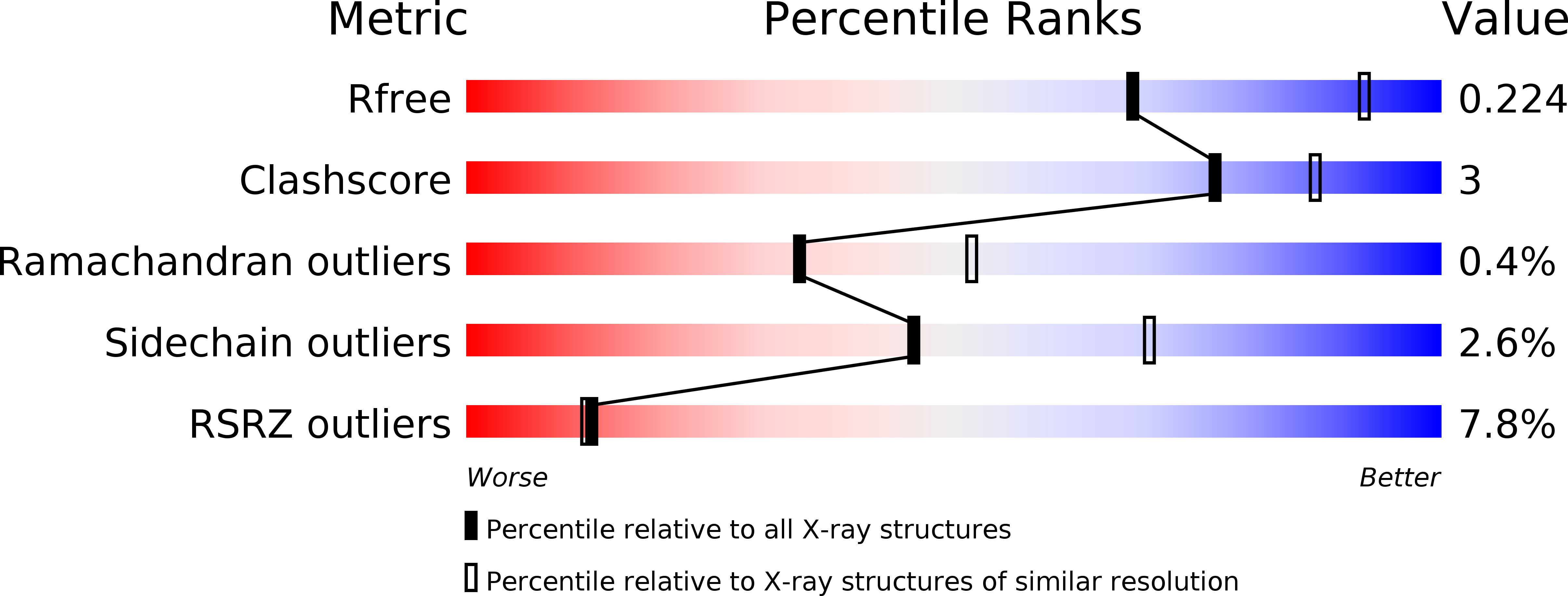
Deposition Date
2016-03-22
Release Date
2016-05-11
Last Version Date
2024-11-20
Entry Detail
PDB ID:
5IW9
Keywords:
Title:
Structure of bacteriophage T4 gp25, sheath polymerization initiator
Biological Source:
Source Organism:
Enterobacteria phage T4 (Taxon ID: 10665)
Host Organism:
Method Details:
Experimental Method:
Resolution:
2.47 Å
R-Value Free:
0.21
R-Value Work:
0.18
R-Value Observed:
0.19
Space Group:
P 41 2 2


